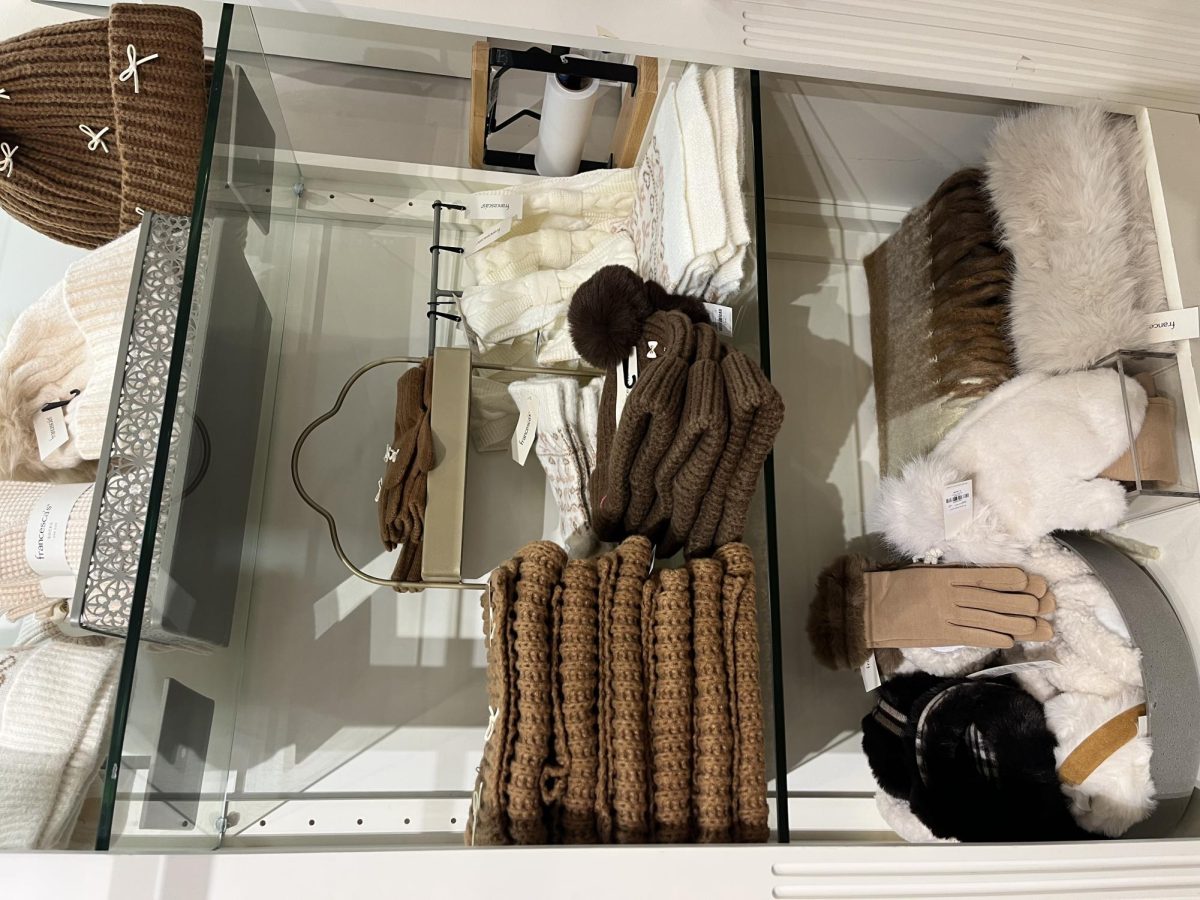“Moana”, released in 2016, went on to gross over $687 million worldwide, and was praised for its delicate animation, beautiful vocal and powerful story. The protagonist Moana, which means “ocean” in Maoyi, restores balance to her world by returning the stolen heart of the goddess Te Fiti. Joined by the reluctant demigod Maui, she faces numerous challenges, discovering her strength and identity as a wayfinder. In the end, Moana restores harmony and leads her people back to their voyaging traditions. The film broke the convention; despite being different from other Disney princess movies, Moana is strong, confident, and most importantly, does not need a prince.
The theme song is called Beyond; just like what it says in the title, this time Moana is going way beyond the ocean, to an island hidden the secrets of the ancestors. The song uses a minor melody, with a lot of sound shifts, endowing the hesitation between home and bigger world. At the time, a monologue from Moana’s grandma slows down the pace, inspiring Moana as well as the audience, what is worth chasing and pursuing. Toward the end, the melody turns confident and excited, symbolizing Moana’s firm belief, and decides to go on the adventure.
Compared to the well-known song “How Far I’ll Go” from the first movie, which is more bright and cheerful, “Beyond” is heavier, which makes sense, because Moana has already accomplished a successful adventure, now she has bigger responsibilities. However, this makes Beyond sounds somewhat like a “desert music”, instead of a “ocean music”, and the permissibility may also reduce due to the vocal skills.
The plot is a little formulaic, which begins with Moana coming back from the previous adventure and is inspired by her ancestors and learns that a long time ago, a demon who controlled the storm sank an island called Motufetu in order to gain energy for himself. Since then, people of all races on the islands in the sea have lost contact. In order to find other humans and connect them together, Moana led her companions on a journey again, and Maui also started a second cooperation with Moana.
In this sequel, there are a lot of side characters, and Moana is sailing with a team this time, not only herself. Are these additional roles essential for the story? The answer may vary; some may think their existence demonstrates the theme of connecting different people together and fighting for ethnic mystery; others may think that they are redundant, since they do not play a plot-turning significant role.
Another controversial character is Matangi, the bat lady, who appears at the beginning of the story to capture Maui. She is initially shaped to be a round character, obeying her master’s order while surprisingly helping Moana and giving her hints of Motufetu. But her story is too short and incomplete, ending up just a plot-pushing side character.
Moana’s growth in the film is notable. She is now a leader; when Maui says that she is a princess, she answers back, “Not a princess yet,” showing her growth and self-demanding, an independent woman who is not anyone’s accessories, does not need a prince to save her and live with her ever-after. She leaves her family, her comfort life, and fame behind, firmly chooses to sacrifice herself to find out the truth, bringing people back again.
At the end of the story, Moana is hit by the storm, it feels like she really died, and Maui and the ancestors call her back. It might be a cliché wake-up, but it seems like she really died and was resurrected. Moana has tattoos on her left arm when she wakes up, connoting her becoming a demigod.
There are a lot of references to the first movie. One of them is that Moana brings her little sister to the seashore, and the ocean tickles her sister’s hair, in which it also did that to Moana before. Overall, “Moana 2” is a worth-watching sequel, for it inherited the tradition of discussion of family, self-identity, and life fulfillment in other Disney movies.










